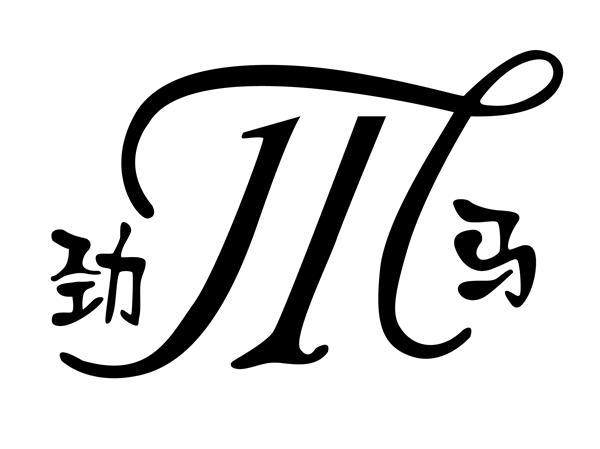The details determine success or failure, which is also true for laboratory researchers. in
Elisa kit
There are many details of the operation in the experiment, such as using the gun as much as possible, changing the gun head frequently, and adding from low concentration to high concentration when loading, because this can reduce the chance of jumping. The final key of the whole experiment is the processing method of the results. In today's technical article, the Shanghai Jinma experiment brings you the analysis method of the ELISA kit test results.
1: In the ELISA experiment, the sample should be duplicated or tripled, and then the average OD value of each concentration standard should be calculated. The coefficient of variation of the duplicate well should be less than 20%.
2: Average OD value minus the OD value of the blank well.
3: Make a standard curve.
The OD value after subtracting the background is the X-axis, and the concentration of the standard is the Y-axis. A suitable calculation method is obtained by using the drawing software. It is recommended to use the appropriate software for mapping, such as CurveExpert 1.4. The software can give a variety of methods (such as straight line, semi-logarithm, logarithm, four-parameter equation, etc.) and choose the most appropriate equation. To test whether a curve matches the data in the table, you can use the concentration of the standard as an unknown number, and bring the corresponding OD value into the equation to calculate the concentration of the standard. The result should be close to the actual concentration (+ /-10%). Select the curve with the highest fit.
If the linearity of the standard curve is not good, or the parallelism is not good (the OD value of the double-well control well is very different), or the phenomenon of jumping holes occurs, the cause may be caused by mutual contamination between the wells of the microplate and after washing. Failure to proceed as soon as possible, when adding samples or other reagents, the method of operation is not correct, the incubation position is not good or the cover film is not sealed, so that the water is evaporated, and the amount of reagent added to the microplate is different. The solution is to be careful not to spill liquid into another hole when loading. Please be careful when washing the plate manually. Do not splash the washing liquid into another micro hole. After washing the plate, proceed to the next step and add it. Please drop in the reagents, remember not to touch the tip of the gun into the hole of the plate. When sucking the liquid in different reagent bottles, replace the tip of the gun once, confirm that the incubation environment is opaque, and the cover film seals the plate. Using a calibrated micropipette, such as dropping a drop of liquid on the tip of the gun when the liquid is first added, the liquid remaining on the tip is also dripped to ensure consistency of the volume of the added liquid.

Shanghai Jinma experiment uses imported materials to produce, professional and authoritative enzyme-free experts, providing free agent testing, data analysis, and technical services. Products are exported to all parts of the country. Over the years, we have controlled the quality of our products with extremely demanding requirements and adhered to the philosophy of bioscience research and the world. Therefore, it has also been unanimously recognized by major hospitals, top three hospitals, research institutes, scientific research institutions, etc., and has published many articles. Welcome to inquire order!
New Products
SHENZHEN CHONDEKUAI TECHNOLOGY CO.LTD , https://www.szsiheyi.com